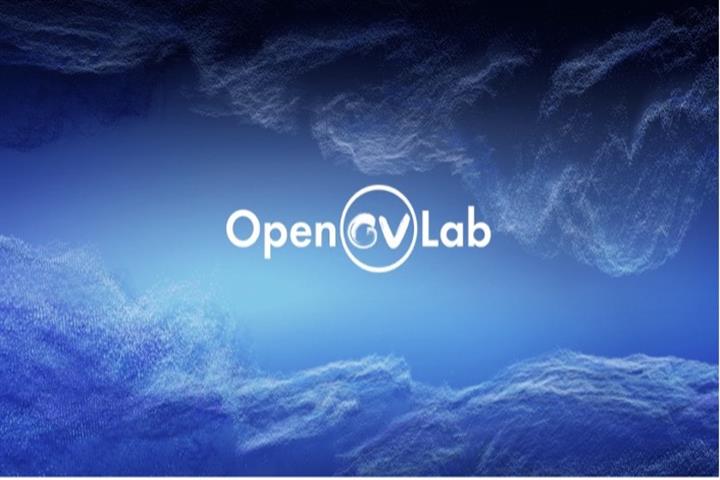 Shanghai AI Lab, SenseTime Launch Open-Source General Vision AI Platform
Shanghai AI Lab, SenseTime Launch Open-Source General Vision AI Platform(Yicai Global) Feb. 25 -- The Shanghai Artificial Intelligence Laboratory, an advanced Chinese AI research institute, together with AI giant SenseTime initiated an open-source community today for advancing general vision AI. Dubbed OpenGVLab, the platform will drive progress in academia, research and industry.
As part of the launch, the platform has published the industry’s first benchmark for general vision model evaluation, which will help developers evaluate and continuously optimize the performance of different general vision models.
OpenGVLab is based on the general vision model INTERN, which was developed last year by Shanghai Artificial Intelligence Laboratory, SenseTime, the Chinese University of Hong Kong and Shanghai Jiao Tong University.
The model addresses the key obstacle to general vision development - using one model to complete multiple tasks. INTERN, though, can accurately identify the content of pictures with different backgrounds.
Reduced Costs
Underpinned by the strength of INTERN, OpenGVLab’s open-source pre-training models are able to deliver extremely high performance, covering four core missions of general vision: classification, detection, segmentation and depth estimation.
By providing powerful pre-training models that include different parameters and calculations, OpenGVLab can help developers quickly build algorithm models for hundreds of visual tasks and scenes at lower cost, to efficiently tackle the long-tail problem and promote the large-scale application of AI technology.
The Shanghai AI Lab also makes available its ultra-large datasets to industry players. Based on tens of billions of bits of data, covering tens of millions of datasets and hundreds of thousands of labelling systems, these ultra-large datasets not only integrate existing open-source datasets, but also handle tasks including image classification, target detection and image segmentation. Through such large-scale data image annotation, the total amount of data approaches 70 million. At present, the image classification datasets have taken the first step to become open source, with more datasets such as target detection set to be made available in the future.
The Shanghai AI Lab also provides a mega labelling system comprising 100,000 types. It not only covers almost all existing open-source datasets, but also achieves a further expansion of a large number of finely-grained labels, covering various types and statuses of images. The system significantly enriches the application scenarios of imaging tasks and substantially reduces the cost of collecting downstream data.
Industry Benchmark
OpenGVLab has also released the first general visual benchmark for classification, detection, segmentation and depth estimation. Existing benchmarks are mainly designed for a single task or a single visual dimension, which cannot reflect the overall performance of the general vision model, nor can they be used for point-by-point comparison.
Through innovative design, OpenGVLab’s new general visual benchmark can provide authoritative results, as well as promote fair and accurate evaluation under unified standards. In addition, the benchmark can provide effective evaluation results under low-data regimes, using just 10 percent of the training data. A total score will be given out according to the evaluation results, offering a more user-friendly solution to undergo point-by-point comparisons among different models.
Together with the Shanghai AI Lab’s already released OpenMMLab and OpenDILab, these open-source platforms form an open-source system, OpenXLab, which helps further promote the development of an open-source AI community along with the newly launched OpenGVLab.
The Shanghai AI Lab is an advanced research institute focusing on AI research and application headquartered in Shanghai. Working in concert with universities and industry, the Lab conducts original and forward-looking scientific research that makes fundamental contributions to basic theory as well as innovations in various technological fields.
Anyone interested in general vision AI technology is encouraged to visit the OpenGVLab (https://opengvlab.shlab.org.cn) and experience the new cutting-edge platform.
Editor: Kim Taylor